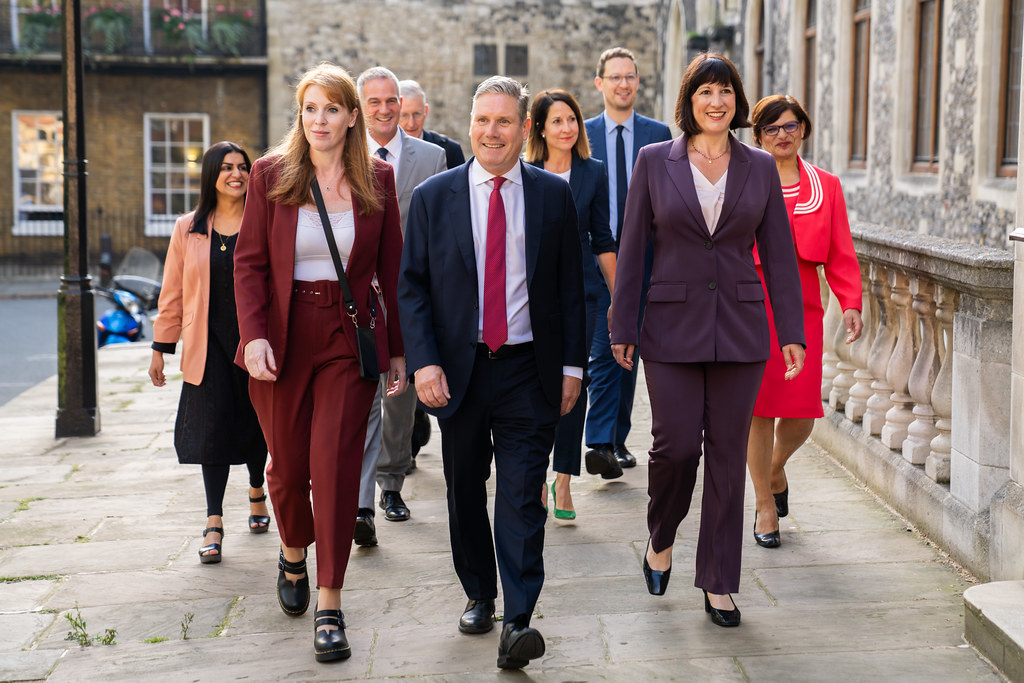 Google's HR director Liane Hornsey spoke at the HR Directors' Summit this week on attracting and developing talent. Sarah Fletcher reports.
Google's HR director Liane Hornsey spoke at the HR Directors' Summit this week on attracting and developing talent. Sarah Fletcher reports.
Unless you've been living like a hermit on a remote island with no access to the world beyond, you'll be aware of Google's meteoric rise since its launch in 1998. Speaking on Monday at the HR Directors' Summit, the company's HR director Liane Hornsey explained the key role of recruitment to this success.
"The main goal is to hire the right people," she says. "Never make do with someone because you're desperate – only hire the best." Google's recruitment process is certainly thorough – given that applicants face a minimum of four interviews and agreement must be unanimous amongst everyone who has interviewed the candidate, "you have to be pretty astounding to get into Google," she notes. Senior staff spend 30 percent of their time on recruitment and the company employs 300 people specifically to focus on hiring the best candidates.
If surviving four interviews and gaining the approval of every employee you meet sounds daunting, spare a thought for Hornsey – she had a staggering 14 interviews to become HR director. She's well qualified, then, to say "it's extraordinarily difficult to get into Google," and even after the candidate has successfully negotiated the series of interviews, there's a final hurdle. After Hornsey has approved the new recruit, the form is sent to the company's co-founder, Larry Page, who has the final say. This is no mean feat: "He does say no to a lot of people that we say yes to," she notes.
Google aims to make new recruits feel valued and this begins from the moment the candidate is hired. As soon as the contract is sent, the company sends the employee a present to welcome them. "We do everything we can to make them feel special," says Hornsey. If the employee is still at university, they receive a gift every two weeks until they start work. On their first day, their desk is filled with Google paraphernalia, including balloons which identify the recruit as new and encourages other staff to talk to them.
Even better if as a Google employee, you recommended the successful recruit. "If you believe [your current employees] are great, the best way to find more [great staff] is through referral programmes," says Hornsey. The company gives the employee £3000 pounds if the person that has been recommended is recruited.
Performance management
This rigorous recruitment policy sets Google apart from other organisations, Hornsey argues, as talented staff are not a small percentage with special development needs to those of most employees. "Everybody is deemed high potential," she says. "We hire 100 percent high potential people." This means that if an employee is failing to meet the expected standards, it must be due to the organisation rather than the individual. "We do not sack people - If an individual fails, we see it as our fault," Hornsey adds. For this reason, Google uses the GE model, but doesn't have a 'C' rating - "If they're failing, it's our fault," she stresses.
Employees' work structure follows a '70/20/10' model, an arrangement which, Hornsey says, is "hugely important to anyone who works here". This refers to a breakdown of the working week: 70 percent of the employee's time should be spent on the business, fulfilling the job role (which, incidentally, is very clearly defined - providing absolute clarity about the job description is essential as "good people only fail if they do not know their role"). Ten percent of the schedule is time to do 'whatever [the employee] wants' – time for innovation and creativity, freedom to think.
Twenty percent of the time – or one day out of every week - she calls 'personal work', a period spent on personal development which will ultimately benefit the company. "[Staff] can work on whatever they want to work on, as long as it's in line with the mission [of Google]. This gives you time to develop".
Development
"I have a real development problem," says Hornsey. "Everyone [at Google] loves to learn and they love to be developed – no one who joins wants to just sit at their desks and then go home." Given the priority that staff place upon development, this is a crucial part of the employment package.
"Do not get scared into thinking training is development," says Hornsey, who argues that training courses are of little use. Although employees join Google expecting to go on training courses because it's the norm, this is a poor way to learn. "People do not learn through going on training courses," she says. "The vast majority of people learn through on the job learning – training courses are [only] a tiny piece of what we do."
It is far more productive to allow employees to develop through individual project work. Staff are given time to work on personal projects with a group they have pulled together. "We let people have ideas – everyone of these is done very informally so that if a project fails, [then] fine. Project closed. No problem."
These projects may then take on further shape when employees are encouraged to develop them into a solid business model. "We let them put their ideas into practice – Let your people have time to think of something that will improve your business, giving them the time and space to work that idea," advises Hornsey.
Evidently these strategies are hugely successful - voluntary attrition at Google is sub three percent and the company was voted the number one employer by Fortune for 2007. "We will win the best company to work for across the globe this year," claims Hornsey; and given the organisation’s track record, this wouldn’t be surprising.
By Sarah Fletcher









